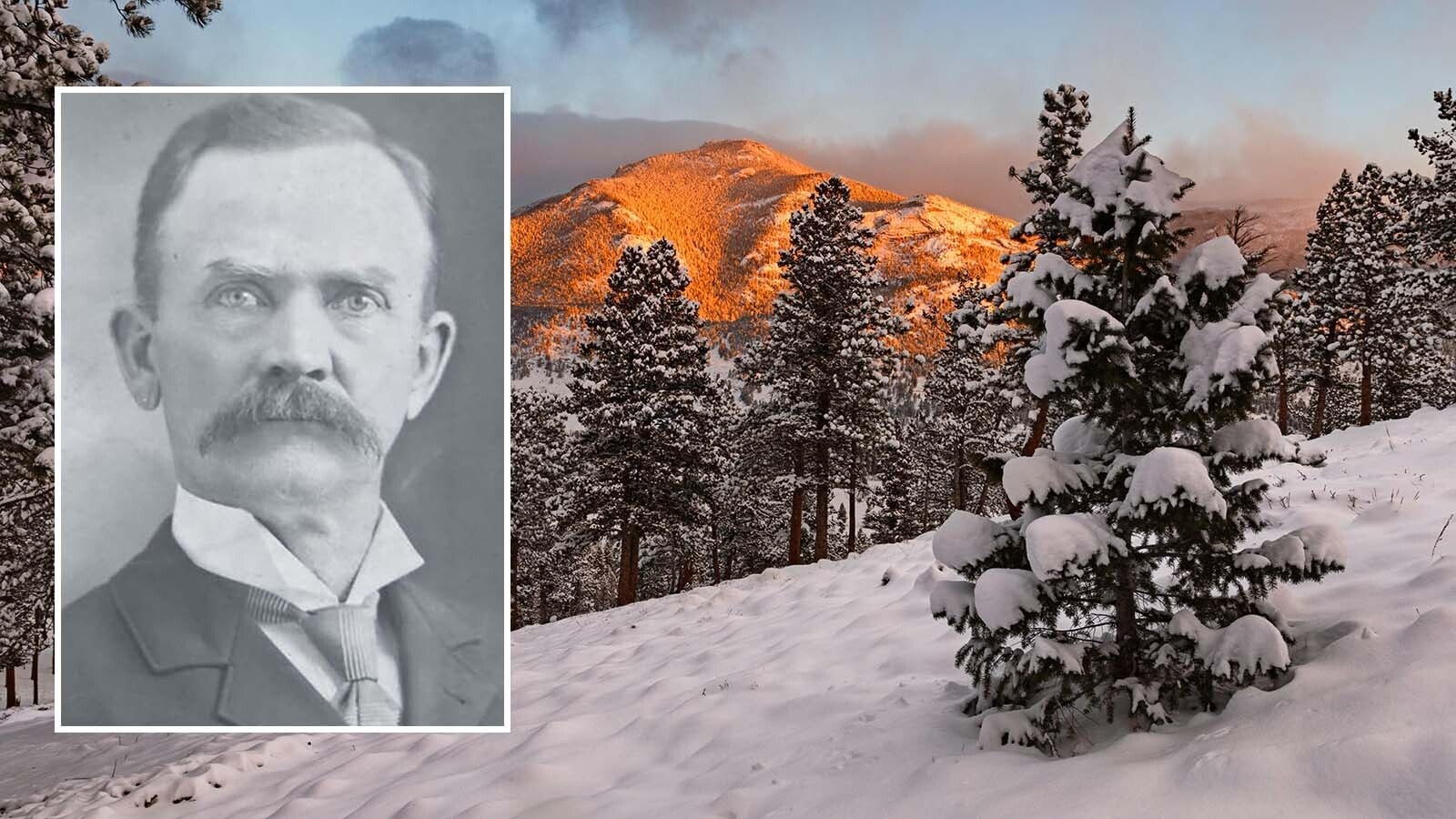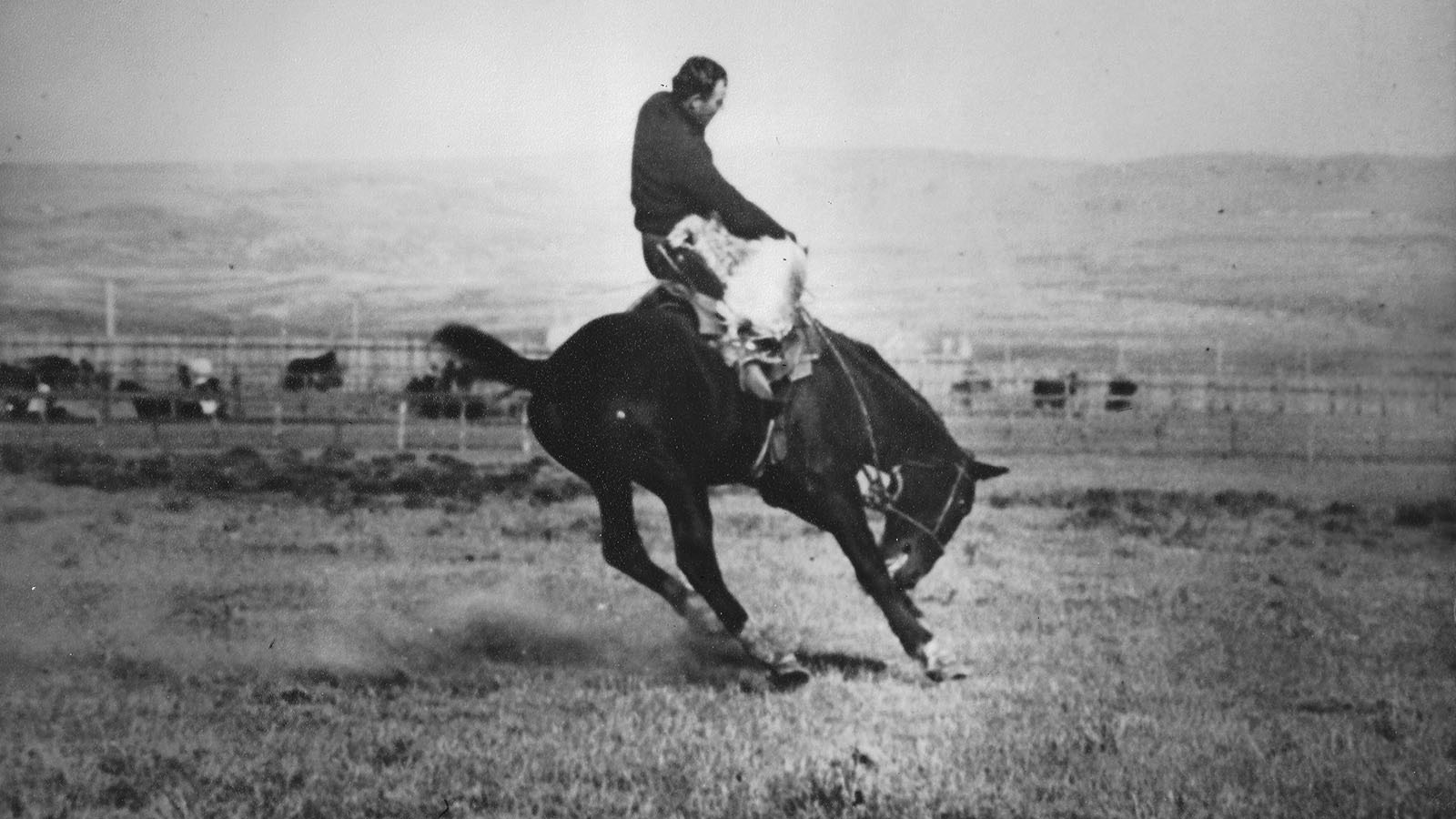It looks ordinary enough. Not much different from any other bank built in the early twentieth century. This particular bank is in Vernal, Utah, and there is something about it that is unique.
Freight rates for shipping to the isolated Uinta Basin town were prohibitive, so an alternative was devised. The Bank of Vernal is built from bricks shipped to the community via parcel post through the United States Post Office.
Here’s the story, as quoted from a sign on the sidewalk across the intersection from the bank. Other sources generally agree with this telling, although you’ll see a huge difference in numbers, and numbers that don’t add up, compared to other accounts.
“How Far Would You Carry A Brick For Seven Cents?
“The building located diagonally from you . . . [was] originally the Bank of Vernal. Did you know that this building was shipped to Vernal through the US Post Office brick by brick?
“All of the decorative brick, 5,000 packages weighing 50 pounds each, were sent from Salt Lake City, Utah, by parcel post because it was half the rate of normal freight.
“Today, Salt Lake City is only 3 hours away by automobile. In 1916, it took approximately 4 days to receive a parcel post shipment. The brick first had to travel 309 miles by the Denver and Rio Grande Western Railway to Mack, Colorado. It was then transferred onto the narrow-gauge railroad of the Uintah Railway. From Mack, it climbed 63 miles north, up the steepest railroad grade in North America into the desert mining town of Watson. From here, the brick was loaded onto 17 six-horse wagons for the 2-day and 60-mile ride through Devil’s playground and over the Alhandra River Ferry to Vernal.
“Imagine, all of that work for only seven cents postage per brick!”
A smaller plaque, affixed to the bank’s brick wall by the Uintah County Landmark Register, reads, “The Bank of Vernal was built with bricks shipped from Salt Lake City to Vernal in 1916. Bank officials wanted hard-fired bricks for their enduring building. Because Vernal was in Salt Lake City’s second postal zone, mailed bricks cost half the amount of freighted bricks. Due to the distance, weight and difficulty of the flood of bricks mailed, postal regulations were changed across the country, and the Bank of Vernal became known as the ‘Parcel Post Bank.’ The Bank of Vernal is also on the Utah Register of Historic Places”
An online history of the United States Postal Service adds these details (and discrepancies): John B. Cahoon of the Salt Lake Pressed Brick Company recalled that his company shipped 15,000 bricks to Vernal via Parcel Post. The bricks were individually wrapped in paper and packed ten to a wooden crate to meet the maximum allowable 50-pound limit for packages. In total, the bricks filled 1,500 crates and weighed about 37½ tons.
Cement And Nails Also Mailed To Vernal
USPS history also goes beyond the bricks: The Bank of Vernal’s bricks weren’t the only unusually large shipments received at the [Vernal] Post Office that summer. Cheap postage rates contributed to a construction boom. Many building materials, including cement, plaster, nails, and other hardware, poured into town.
Meanwhile, all the merchants in town received merchandise for their stores via Parcel Post. In September 1916, a train carload of twelve tons of canned tomatoes—9,720 cans packed in 486 cases—arrived at the Vernal Post Office for area stores.
There are still plenty of canned tomatoes on grocery store shelves in Vernal, but they did not get there by mail. All those Parcel Post shipments to Vernal prompted changes in postal regulations, and you can’t do that sort of thing anymore. However, with modern highways built since the construction of the bank in 1916, you can ship to Vernal through most any common carrier.
Reach R. B. Miller at writerRodMiller@gmail.com





